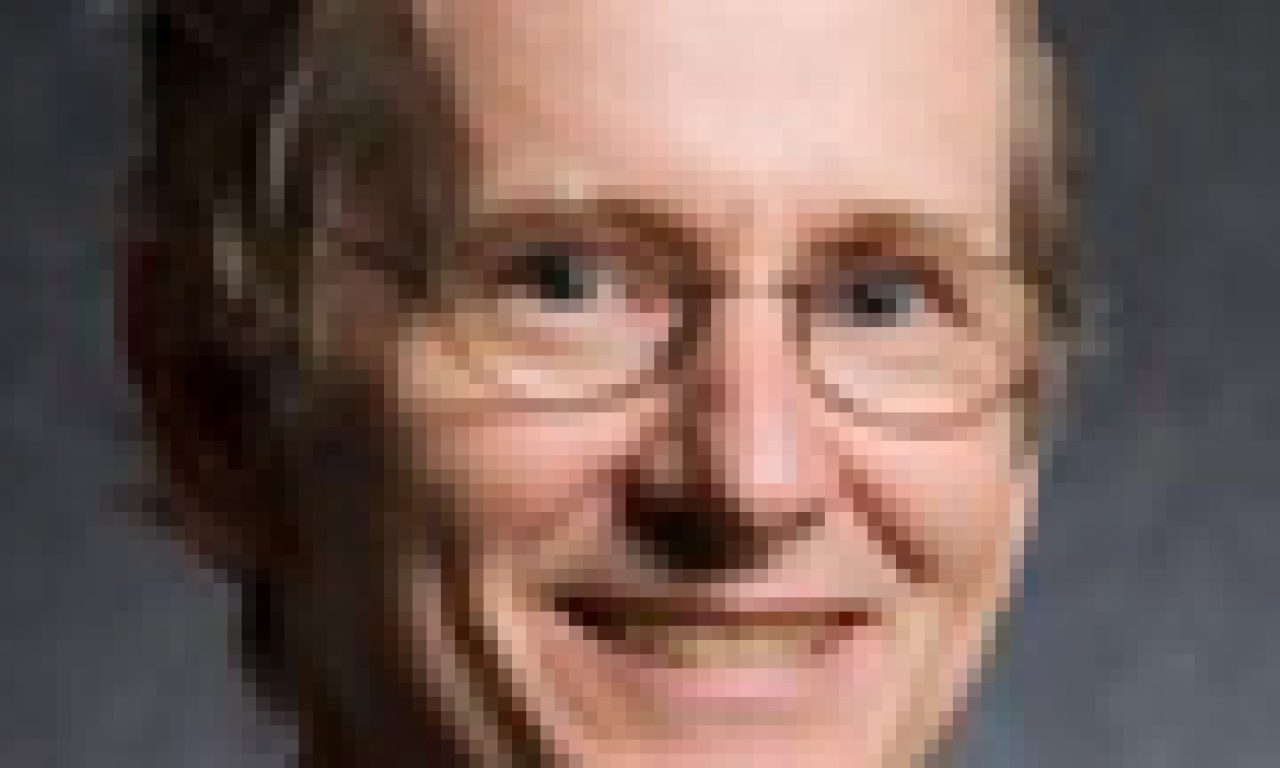Pete Kyle
The Centre for International Finance and Regulation held a celebratory two-day conference in Sydney last week to coincide with the 30th anniversary of seminal research by two legendary academics – professors A.S. ‘Pete’ Kyle and Lawrence R. Glosten. Kyle, billed as a future Noble laureate, is currently studying the predictability of stock market crashes.
Kyle presented on his current thinking, as the result of three separate bodies of work, about the impact of large bets on the market and the speed with which they were executed. He concluded, while providing examples from five stock market crashes, that large bets on the market as a whole have a greater impact than similar sized best on single stocks, and the speed with which those bets are executed magnifies their impact exponentially.
He distinguished between crashes which were caused by banking crises and ‘stock market crashes’ prompted by heavy selling for various reasons, prompting panic. He concluded that, given information about the selling, each of his five examples of stock market crashes could have been predicted. Those crashes were the big ones of 1929 and 1987, the currency-caused crash in 1987 which was prompted by heavy selling by George Soros after the October 19 crash just three days earlier, the Societie Generale-caused 2008 rogue-trader crash and the 2010 ‘flash crash’ prompted by US$4 billion of sudden selling in futures contracts by a single entity.
Kyle’s famous paper published in 1985, which started his life-long work on the impact of trading, came about because his father, a cotton merchant who often complained about trading costs, has now been through four ‘generations’ of development and had 7,700 citations in other papers.
Professor Glosten’s original work,with Paul Milgram, produced in the same year, came to similar conclusions about the differences between informed, active, and uninformed, passive traders and their impact. Interestingly, they are both supporters of the benefits of high frequency trading.
The CIFR conference, August 11-12, was attended by about 100 academics and practitioners from around the world. Apart from professors Kyle and Glosten, other international speakers included: Ming Guo of the Shanghai Advanced Institute of Finance, Alina Danilova of the London School of Economics, Jianfeng Hui of the Singapore Management University, Michael Goldstein of the Babson College in Massachusetts, Su Li of the US’s SEC, Mark van Achter of the Erasmus University in Rotterdam and Dongyan Ye of the Cheung Kong Graduate School of Business in Beijing.
Professor Glosten told the conference that he modern financial market infrastructure that connects investors with stock exchanges might give rise to some economically unproductive practices, but the market was far from being ‘rigged’. Glosten published a paper in March as a discussion and detailed critique of the Michael Lewis book ‘Flash Boys’.
In the book, Lewis argued high-frequency traders (HFT) made money through information arbitrage, a practice enabled by high-speed data communication technology. He argued the practice was a form of electronic front-running, which cost the asset management industry hundreds of millions of dollars
But Glosten argued the ability to quickly cancel quotes helped narrow the buy and sell spread. Restricting that practice could have adverse consequences for smaller investors, he argued.
Professor David Gallagher, CIFR’s chief executive, said the conference was designed to showcase some of the best work from the many academic research teams the organisation has funded as well as to celebrate the 30th anniversary of the two star professors’ original work on trading costs.
CIFR has funded about 70 research papers, half of which should be completed by the end of this year and the other half by the end of next year. See website for summaries and other details.

